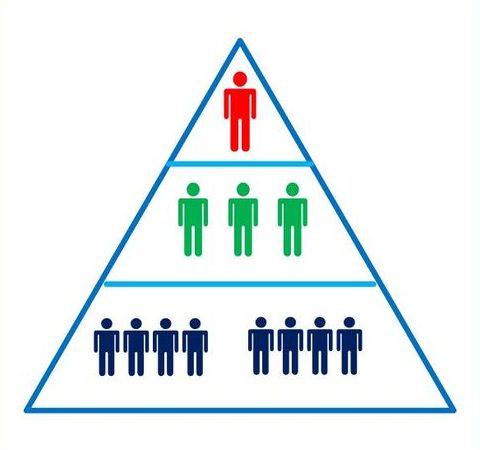In 1997, the best-selling book, “The Innovator’s Dilemma” Harvard Business School professor Clayton M. Christensen came up with two basic categories of technologies: sustaining and disruptive. Christensen in his sequel, “The Innovators Solution” has changed the term disruptive technology to “disruptive innovation” to accentuate that it is not exactly the technology that is disruptive but the strategy of the innovation that leads to disruption.
Read More: The Innovator’s Dilemma
Sustaining TechnologiesSustaining Technologies is an incremental increase in the features or performance for an established product. Some sustaining technologies can be discontinuous or radical in nature, while others are of incremental nature.… Read the rest

